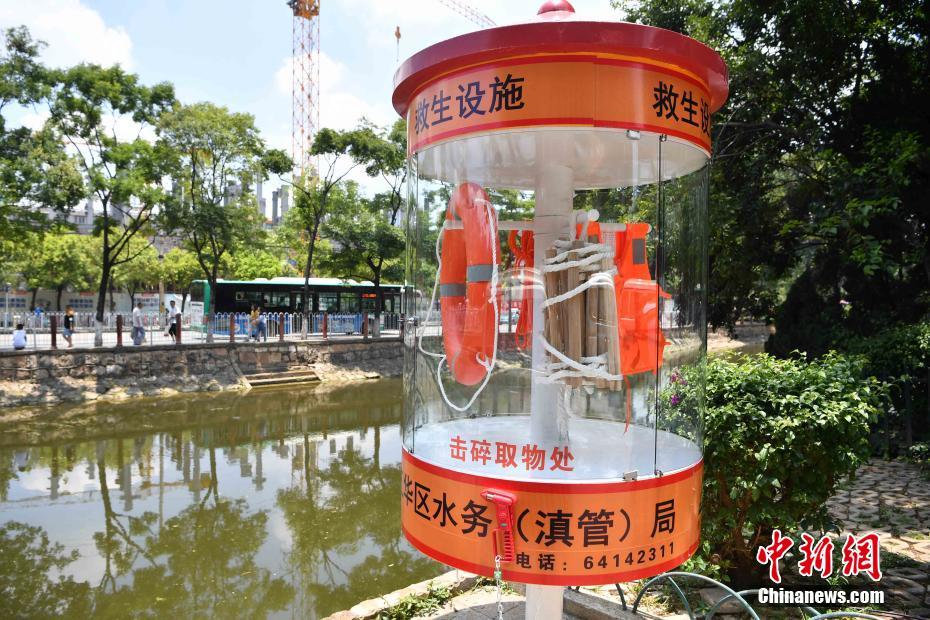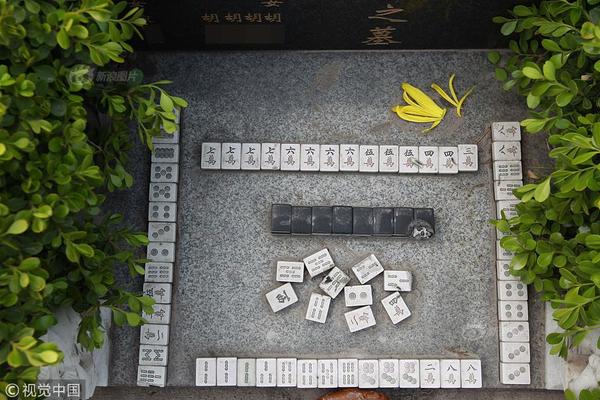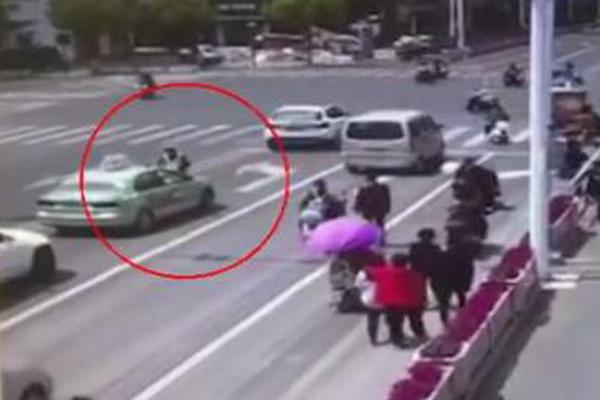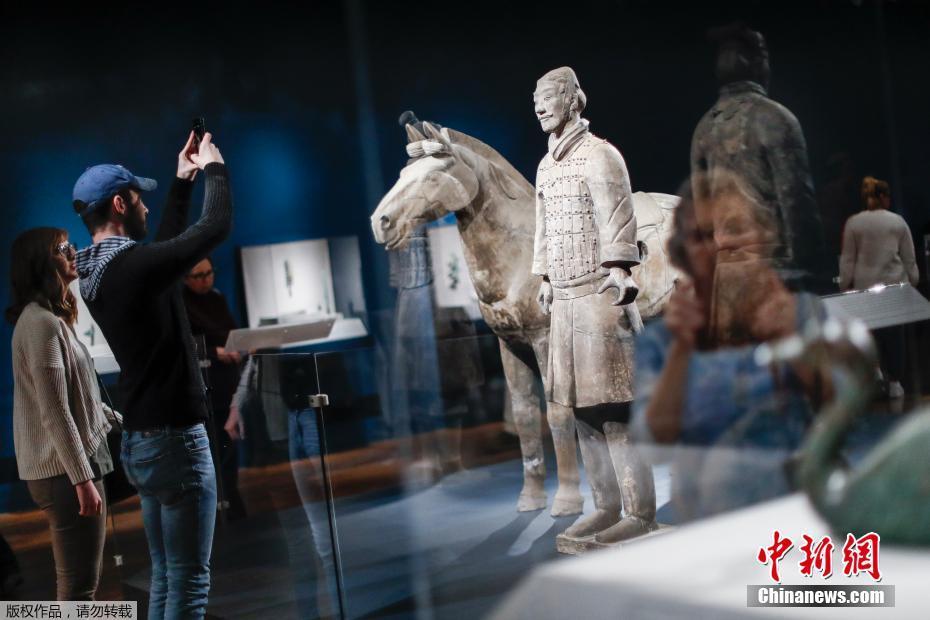
Four sounds, five loosens and six observations Four sounds, five loosens and six observations are the basic steps to drive an automatic transmission car. By honking the horn to remind people around you to avoid and release the handbrake. Control the driving of the vehicle. When observing the front and rear travel situation, you should observe the left rear travel situation through the left rearview mirror, which can detect and avoid danger in time.
7 steps to start automatic transmission driving: the first step is to turn the ignition key to the second grid, to the power supply gear, and let the car computer system start self-checking for at least 6 seconds.The second step is to step on the foot brake and pull the gear from P gear to N gear. The third step is to release the foot brake and turn the ignition key to the ignition gear to start the engine.
7 steps to start automatic transmission 1 Step 1: get on the car, adjust the seat, rearview mirror, and fasten the seat belt. Step 2: Step on the foot brake and turn the key until the car starts successfully. Step 3: Step on the foot brake and change from P gear to d gear. Step 4: Turn on the left turn signal and release the handbrake to the end.
Adjust the seat after getting on the car. If our legs can't bend and stretch freely, it will be very tiring to control the throttle and clutch for a long time.
Car start operation steps: open the door first, sit in the driving position, adjust the seat, and fasten the seat belt.Turn on the turn signal to remind the vehicles and passers-by behind.
Clutch fully stepped on: After starting the car, the left foot completely stepped on the clutch, which is prepared before the semi-clutch state. Hang the gear to the first gear: push it with the palm of your right hand and hang the gear of the shift lever into the first gear as the starting gear.
To start an automatic transmission car, you need to insert the key first, and then turn it to the on position. Step on the brake pedal, put the gear into n gear, and wait for the car to start. After starting, you can put the gear into d gear, then release the car handbrake, slowly release the brake pedal, and then you can start.
The correct step for starting a car is to make sure that there are no obstacles or people around the vehicle, and then get on the car. After turning the key to the connection position, turn on the vehicle for a few seconds to complete the self-inspection.Then step on the brake and turn the key to start the vehicle (automatic transmission). After starting, change to D gear, slowly release the brake, and the vehicle will move forward.

Steps to start the car correctly: 1. After getting on the car, adjust the seat to suit you, and then fasten your seat belt.Start the car, then step on the clutch with your left foot and put it in first gear. Turn on the left turn signal and signal with the horn.
After starting, the gear is put in D gear, slowly release the brake, and the vehicle will move forward. If it is a manual transmission, you need to step on the clutch and start the engine, then hang it into 1st gear, slowly release the clutch, move the right foot from the brake pedal to the accelerator pedal, and refuel slightly. The throttle and clutch are used together, and the vehicle moves forward slowly.
Adjust the seat position Adjust the front and rear positions of the seat, so that the sole of the foot steps on the clutch to the end and has a slight margin. The steering wheel in the hand is based on the convenience of operation. The backrest should be comfortable, but all adjustments should be based on safety.
Clutch fully stepped on: After starting the car, the left foot completely stepped on the clutch, which is prepared before the semi-clutch state.Hang the gear to the first gear: push it with the palm of your right hand and hang the gear of the shift lever into the first gear as the starting gear.
The correct start-up operation of the automatic transmission is: turn on the power first to complete the self-check; step on the brake and hang the N gear; ignition; hang from the N gear to the D gear; release the handbrake, lift the foot brake, and start. The reason for this operation is to avoid the need to go through R gear after the p gear catches fire, causing the gearbox to experience a short reverse impact.
Start the engine. Usually, we should observe the indicator light in the dashboard. If the fault light is on for a long time, it indicates that the fault light is abnormal for the parts. The engine should be turned off immediately, the vehicle should be checked and troubleshooted before restarting the engine. Step on the clutch deeply, and step on the clutch pedal with your left foot.
How to minimize supply chain disruptions-APP, download it now, new users will receive a novice gift pack.
Four sounds, five loosens and six observations Four sounds, five loosens and six observations are the basic steps to drive an automatic transmission car. By honking the horn to remind people around you to avoid and release the handbrake. Control the driving of the vehicle. When observing the front and rear travel situation, you should observe the left rear travel situation through the left rearview mirror, which can detect and avoid danger in time.
7 steps to start automatic transmission driving: the first step is to turn the ignition key to the second grid, to the power supply gear, and let the car computer system start self-checking for at least 6 seconds.The second step is to step on the foot brake and pull the gear from P gear to N gear. The third step is to release the foot brake and turn the ignition key to the ignition gear to start the engine.
7 steps to start automatic transmission 1 Step 1: get on the car, adjust the seat, rearview mirror, and fasten the seat belt. Step 2: Step on the foot brake and turn the key until the car starts successfully. Step 3: Step on the foot brake and change from P gear to d gear. Step 4: Turn on the left turn signal and release the handbrake to the end.
Adjust the seat after getting on the car. If our legs can't bend and stretch freely, it will be very tiring to control the throttle and clutch for a long time.
Car start operation steps: open the door first, sit in the driving position, adjust the seat, and fasten the seat belt.Turn on the turn signal to remind the vehicles and passers-by behind.
Clutch fully stepped on: After starting the car, the left foot completely stepped on the clutch, which is prepared before the semi-clutch state. Hang the gear to the first gear: push it with the palm of your right hand and hang the gear of the shift lever into the first gear as the starting gear.
To start an automatic transmission car, you need to insert the key first, and then turn it to the on position. Step on the brake pedal, put the gear into n gear, and wait for the car to start. After starting, you can put the gear into d gear, then release the car handbrake, slowly release the brake pedal, and then you can start.
The correct step for starting a car is to make sure that there are no obstacles or people around the vehicle, and then get on the car. After turning the key to the connection position, turn on the vehicle for a few seconds to complete the self-inspection.Then step on the brake and turn the key to start the vehicle (automatic transmission). After starting, change to D gear, slowly release the brake, and the vehicle will move forward.

Steps to start the car correctly: 1. After getting on the car, adjust the seat to suit you, and then fasten your seat belt.Start the car, then step on the clutch with your left foot and put it in first gear. Turn on the left turn signal and signal with the horn.
After starting, the gear is put in D gear, slowly release the brake, and the vehicle will move forward. If it is a manual transmission, you need to step on the clutch and start the engine, then hang it into 1st gear, slowly release the clutch, move the right foot from the brake pedal to the accelerator pedal, and refuel slightly. The throttle and clutch are used together, and the vehicle moves forward slowly.
Adjust the seat position Adjust the front and rear positions of the seat, so that the sole of the foot steps on the clutch to the end and has a slight margin. The steering wheel in the hand is based on the convenience of operation. The backrest should be comfortable, but all adjustments should be based on safety.
Clutch fully stepped on: After starting the car, the left foot completely stepped on the clutch, which is prepared before the semi-clutch state.Hang the gear to the first gear: push it with the palm of your right hand and hang the gear of the shift lever into the first gear as the starting gear.
The correct start-up operation of the automatic transmission is: turn on the power first to complete the self-check; step on the brake and hang the N gear; ignition; hang from the N gear to the D gear; release the handbrake, lift the foot brake, and start. The reason for this operation is to avoid the need to go through R gear after the p gear catches fire, causing the gearbox to experience a short reverse impact.
Start the engine. Usually, we should observe the indicator light in the dashboard. If the fault light is on for a long time, it indicates that the fault light is abnormal for the parts. The engine should be turned off immediately, the vehicle should be checked and troubleshooted before restarting the engine. Step on the clutch deeply, and step on the clutch pedal with your left foot.
HS code tagging in ERP solutions
author: 2024-12-24 01:17Drilling equipment HS code mapping
author: 2024-12-24 00:50Real-time customs data reports
author: 2024-12-23 23:58Global import export data subscription
author: 2024-12-23 23:51Customs data verification services
author: 2024-12-24 01:22HS code alignment with import quotas
author: 2024-12-24 01:04HS code integration with audit trails
author: 2024-12-24 01:01Real-time HS code tariff updates for ASEAN
author: 2024-12-23 23:52How to benchmark HS code usage
author: 2024-12-23 23:31 Premium trade data intelligence subscriptions
Premium trade data intelligence subscriptions
475.53MB
Check Asia import data insights
Asia import data insights
755.47MB
Check Country-wise HS code compliance tips
Country-wise HS code compliance tips
721.45MB
Check HS code-based predictive analytics
HS code-based predictive analytics
697.34MB
Check HS code compliance for Pacific Island nations
HS code compliance for Pacific Island nations
934.85MB
Check Container-level shipment data
Container-level shipment data
353.52MB
Check HS code strategies for trade diversification
HS code strategies for trade diversification
259.99MB
Check How to align trade strategy with data
How to align trade strategy with data
441.32MB
Check HS code correlation with duty rates
HS code correlation with duty rates
889.17MB
Check Enhanced shipment documentation verification
Enhanced shipment documentation verification
567.92MB
Check How to find compliant suppliers
How to find compliant suppliers
845.32MB
Check Global tariff databases by HS code
Global tariff databases by HS code
381.68MB
Check How to standardize trade documentation
How to standardize trade documentation
162.82MB
Check Global trade supply chain modeling
Global trade supply chain modeling
673.32MB
Check Real-time trade data feeds
Real-time trade data feeds
678.76MB
Check Trade data for non-profit organizations
Trade data for non-profit organizations
964.92MB
Check Leather goods HS code classification
Leather goods HS code classification
715.27MB
Check international trade database
international trade database
527.32MB
Check Ship parts HS code verification
Ship parts HS code verification
879.84MB
Check HS code consulting for exporters
HS code consulting for exporters
652.68MB
Check HS code-based global trend analysis
HS code-based global trend analysis
718.99MB
Check International market entry by HS code
International market entry by HS code
939.46MB
Check HS code-based invoice matching
HS code-based invoice matching
574.19MB
Check Global trade forecasting tools
Global trade forecasting tools
477.23MB
Check Trade data for chemical imports
Trade data for chemical imports
414.84MB
Check Industrial adhesives HS code mapping
Industrial adhesives HS code mapping
886.74MB
Check Supplier compliance audit automation
Supplier compliance audit automation
424.44MB
Check End-to-end shipment tracking solutions
End-to-end shipment tracking solutions
183.75MB
Check Global trade scenario planning
Global trade scenario planning
588.51MB
Check Global trade compliance playbooks
Global trade compliance playbooks
282.59MB
Check HS code compliance for Pacific Island nations
HS code compliance for Pacific Island nations
293.11MB
Check Leather goods HS code classification
Leather goods HS code classification
969.15MB
Check Composite materials HS code research
Composite materials HS code research
463.48MB
Check Frozen goods HS code classification
Frozen goods HS code classification
537.84MB
Check Import risk analysis metrics
Import risk analysis metrics
752.42MB
Check How to manage port congestion data
How to manage port congestion data
325.73MB
Check
Scan to install
How to minimize supply chain disruptions to discover more
Netizen comments More
1699 High-value electronics HS code checks
2024-12-24 01:32 recommend
2635 Brazil import trends by HS code
2024-12-24 01:21 recommend
286 HS code-based commodity chain analysis
2024-12-24 01:01 recommend
1995 How to select the best trade data provider
2024-12-23 23:21 recommend
440 Forestry products HS code insights
2024-12-23 23:16 recommend